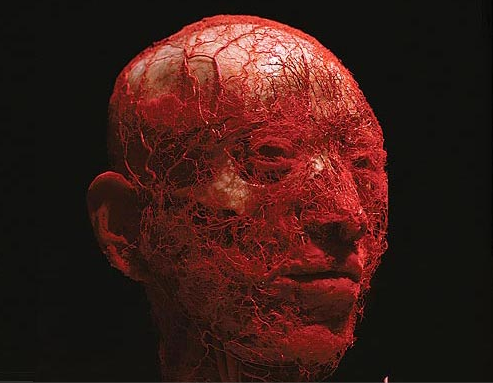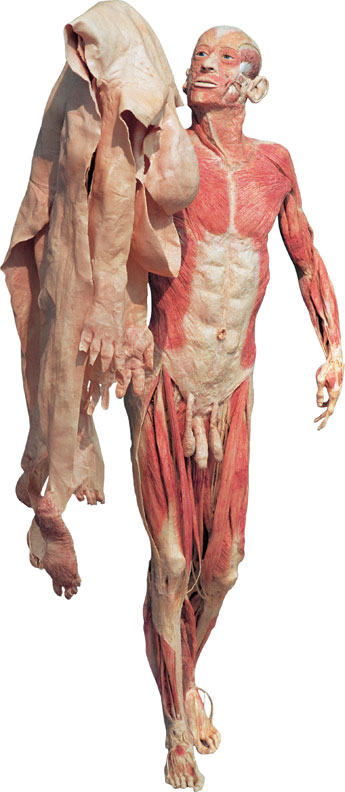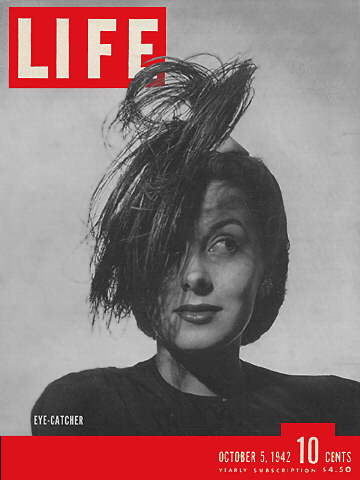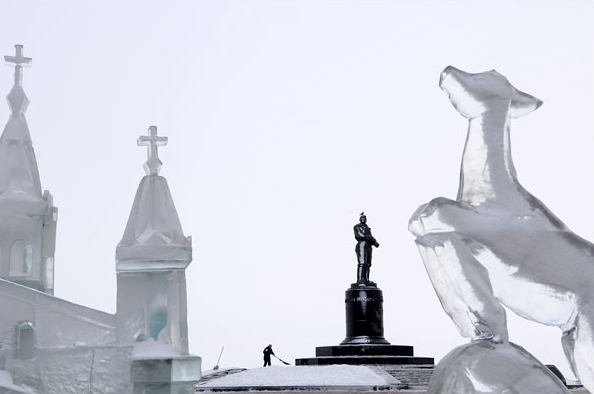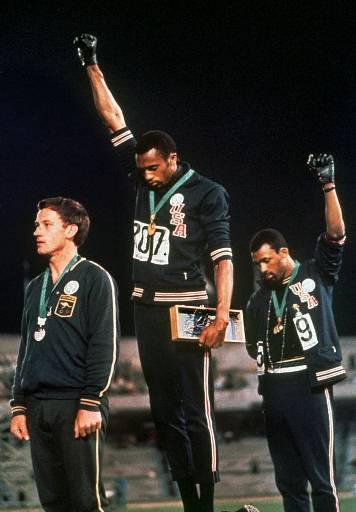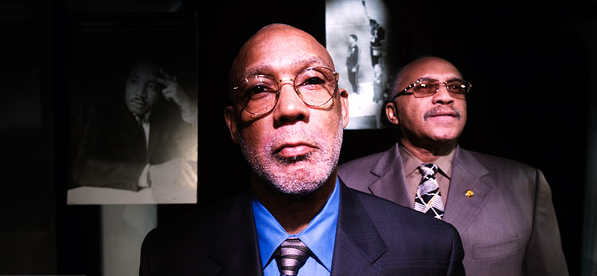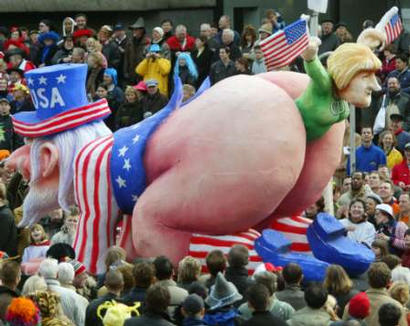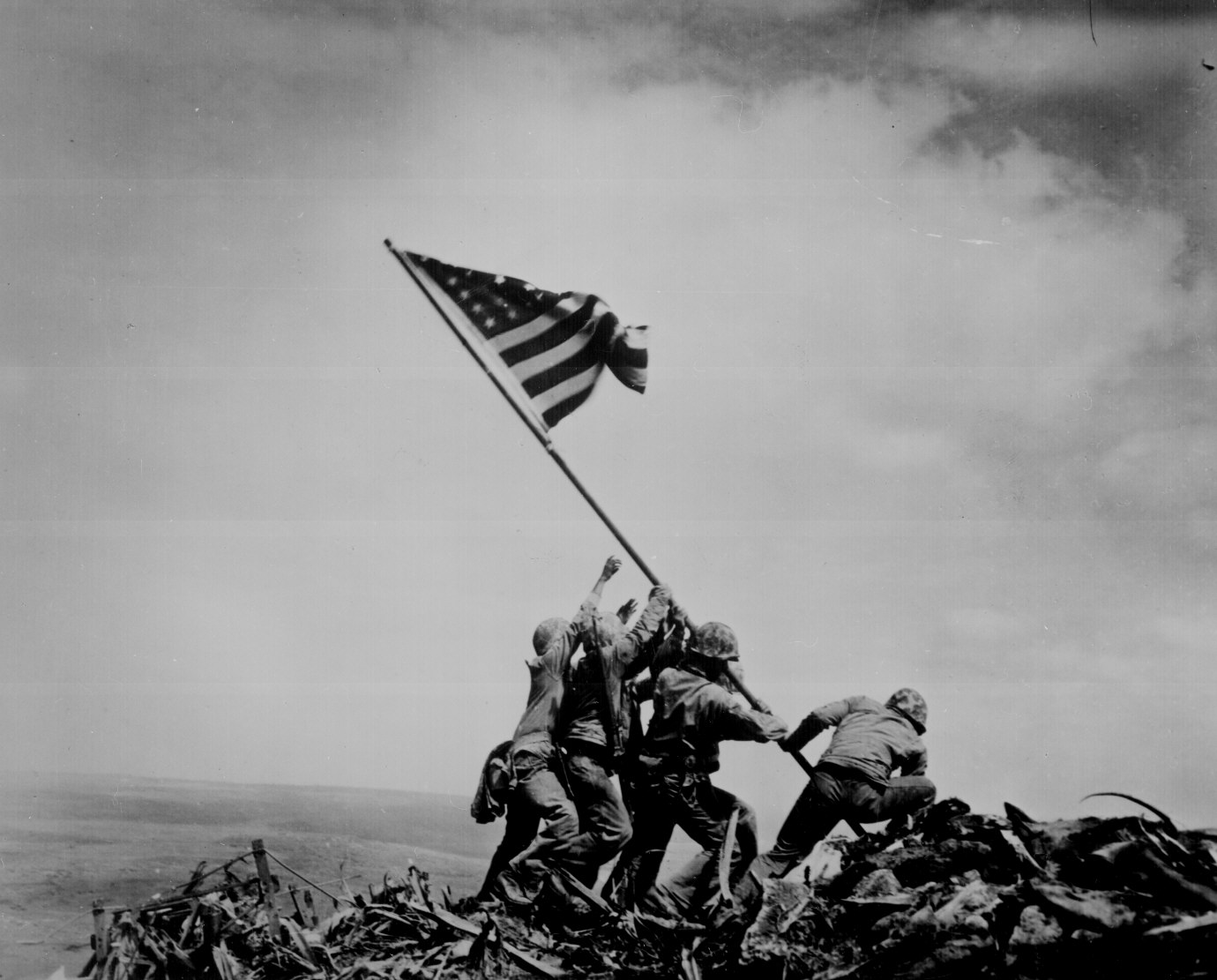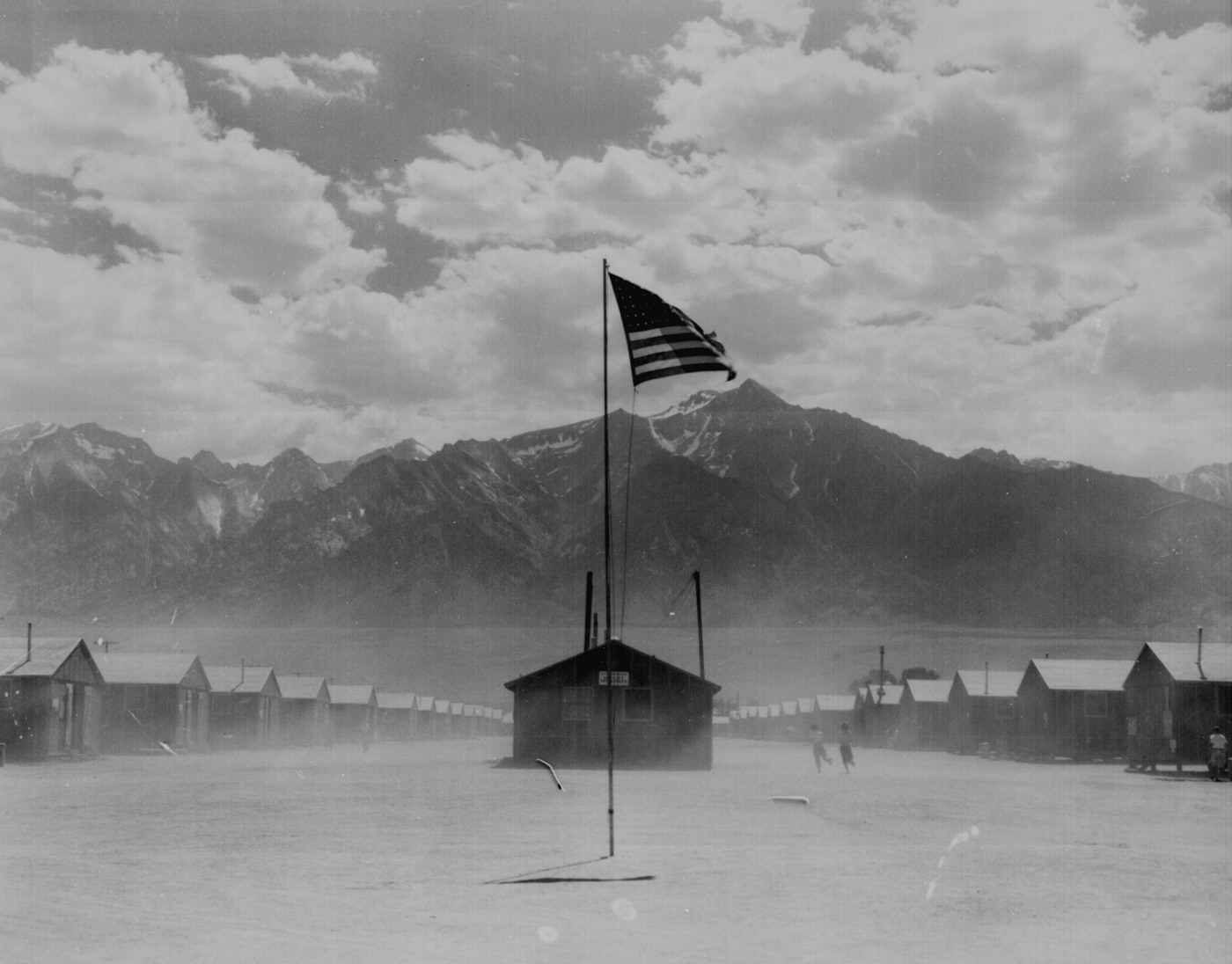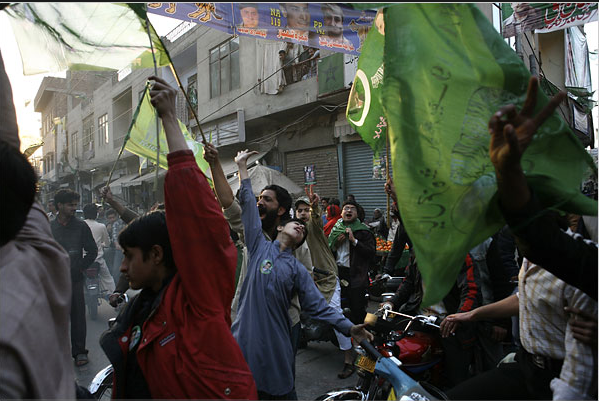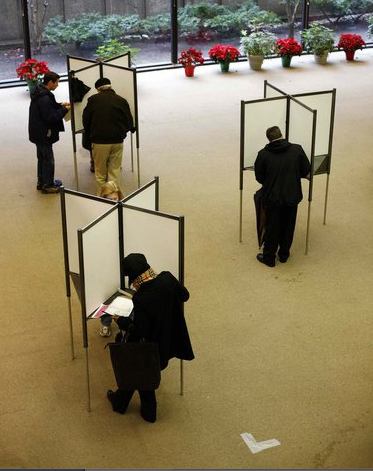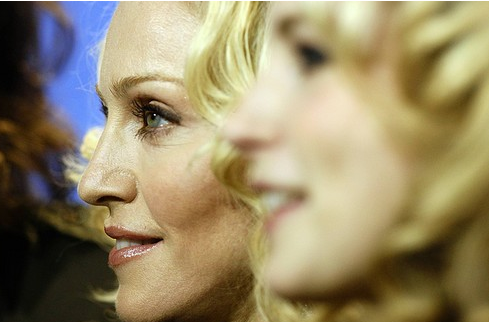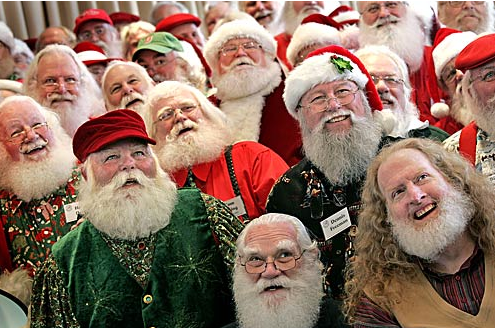Modernism and Visual Culture
1st-2nd November 2008
Oxford University, UK
Keynote Speakers
David Trotter (Cambridge University)
Laura Marcus (Edinburgh University)
Maggie Humm (University of East London)
“A writer … has need of a third eye whose function is to help out the other senses when they flag.” (Virginia Woolf, 1925)
In the wake of recent analyses of the landscape of visual cultures at the end of the nineteenth century, new contexts have become available for understanding the emergence and shape of modernism. This conference seeks to unpick our tangled model of the relationships between the established arts in the modernist period and between modernism and popular culture, and to illuminate the types of reactions occasioned in the established arts by the emergence of modern mass media. Papers on any aspect of the relationship between modernist literatures and cultures with visual culture, including cinema and fine art, are welcome.
Possible questions to consider:
Are recent claims for modernism’s affinity with popular culture anything new?
Was Cubism’s debt to chronophotography a model for – or an exception to – modernism’s relationship with photo-chemical reproduction?
Was the ‘modernity’ to which the established arts responded actually the emergence of a rival new cultural landscape comprised of cinema, variety theatre, instantaneous photography, stage illusions, the moving panorama, mass spectator sports, moving-image lantern shows, the illustrated short story and the cartoon strip?
Did literary modernism emerge in emulation of the innovations occurring in modernist painting?
What role did modernism play in altering established theories of visual culture?
Can modernism and late-nineteenth-century popular visual culture be seen as the twin products of a single preceding historical development?
What singular and identifiable properties, if any, did such related forms as cinema, cartoon strips or shadowgrams have in impacting on the existing arts?
Were the different modernisms of the various established arts the product of their varying vantage points on new media forms?
If new visual media generated modernism, did they do so by threatening to become art forms themselves, or by throwing the distinct qualities of the existing arts into relief?
Were modernists already modernists when their work adopted the traits of various new forms of visual culture?
Is realism in cinema equivalent to modernism in the existing arts?
Was the reflexivity learned by the group of polymedia practitioners we call modernists the basis of modernist form in all of the arts?
Speakers are encouraged to use visual material in their presentations. Send 300-word abstracts for 20-minute papers to Andrew Shail (andrew.shail@at-annes.ox.ac.uk), by 1 April 2008. Panel proposals are welcome – please include contact details and affiliations for all speakers.
